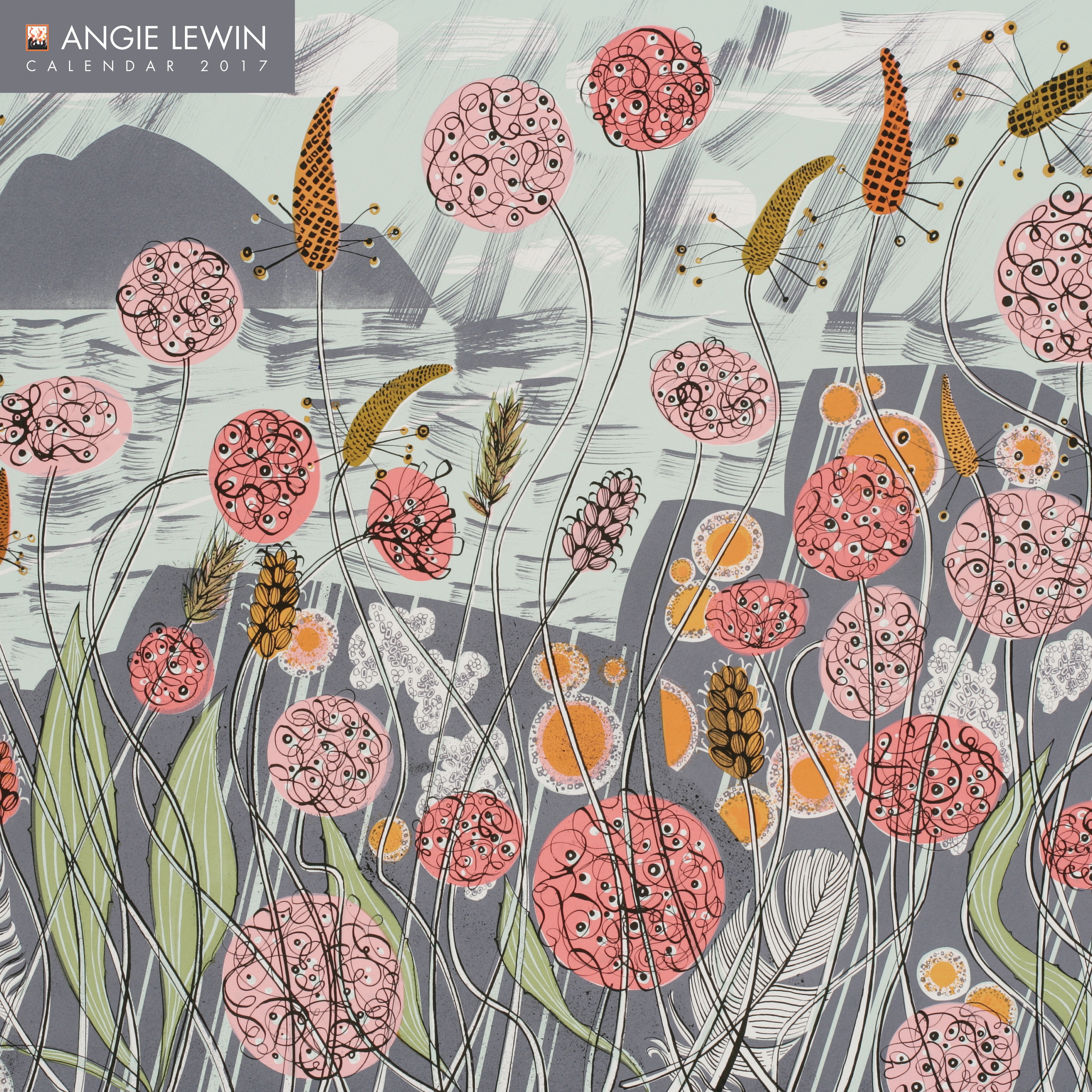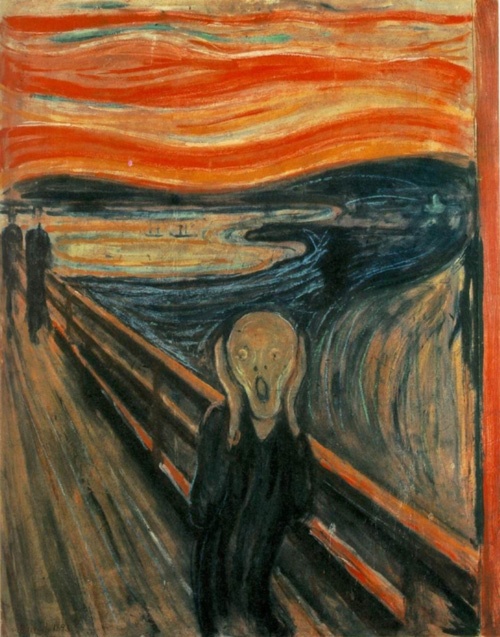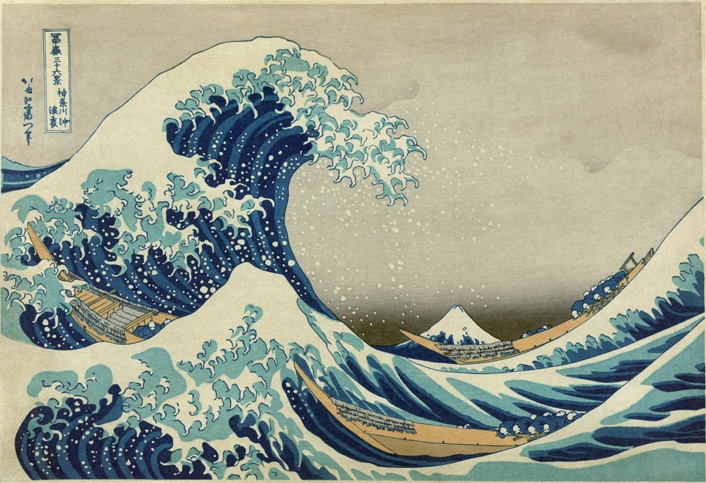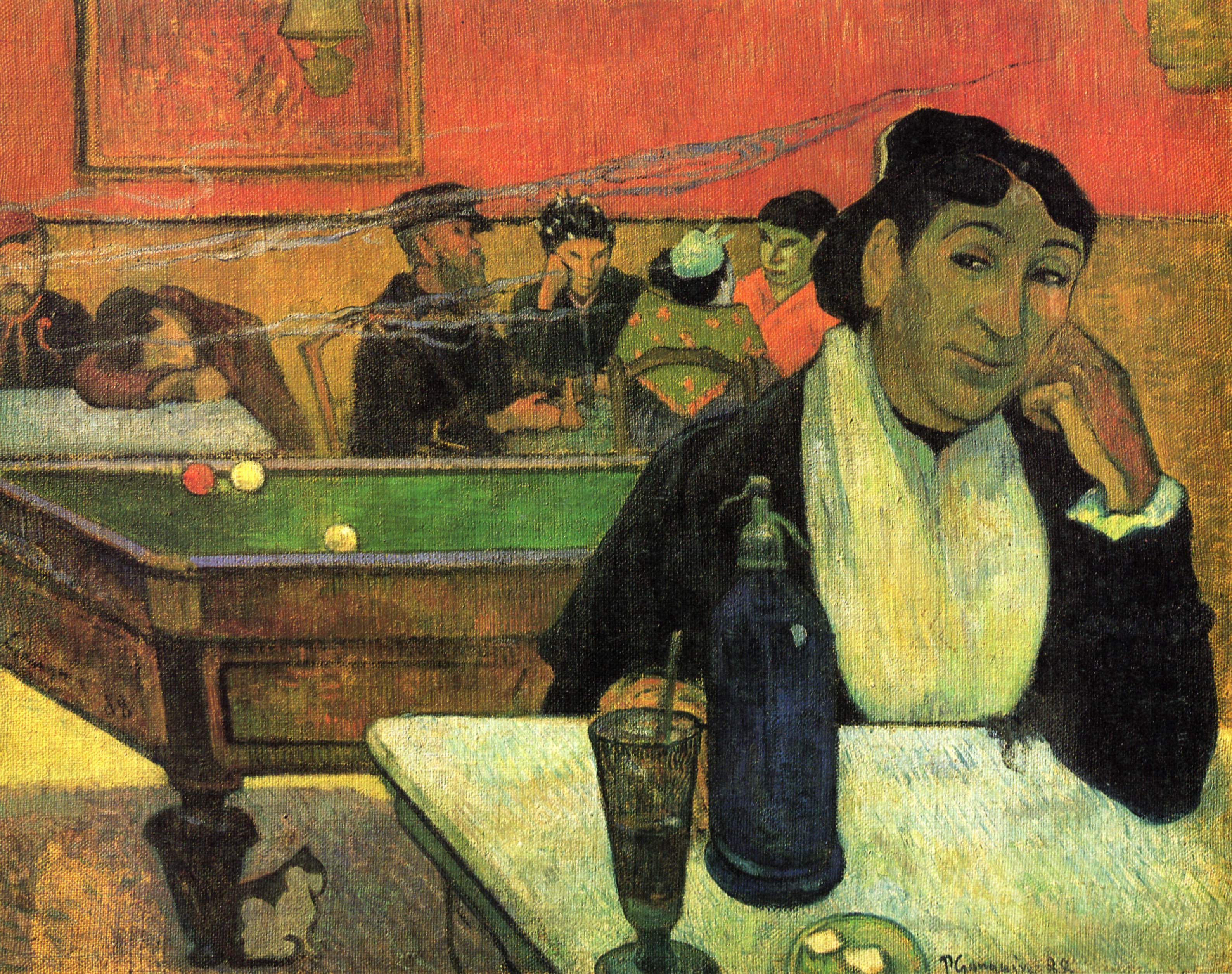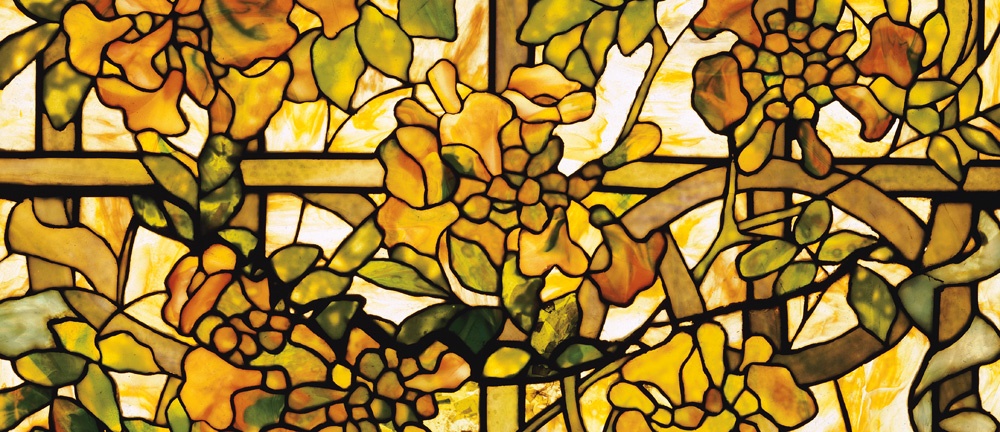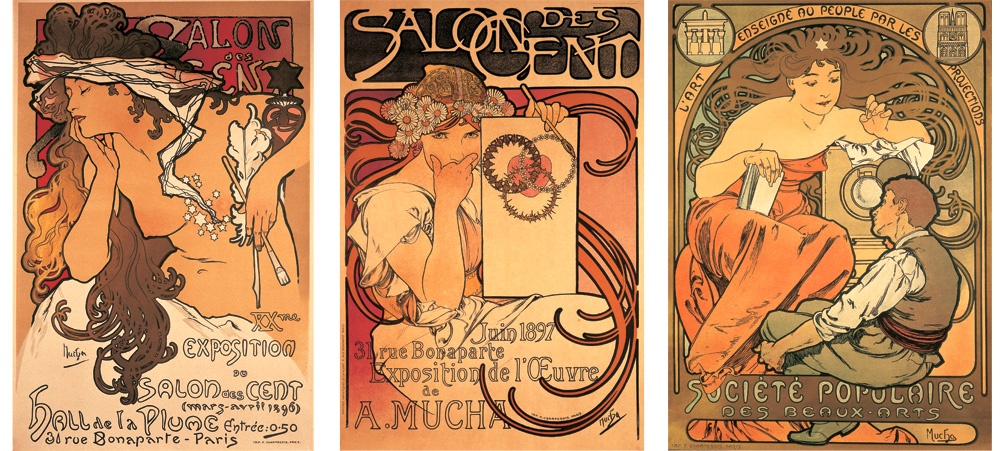We produce a varied range of beautiful calendars featuring all kinds of artworks – from contemporary Steampunk pieces to Tove Jansson's (1914–2001) Moomin illustrations and the paintings of L.S. Lowry (1887–1976). Each year we try to expand on our selection to make it even better, so here’s a rundown of our new calendars and diaries for 2017.
Visual & Decorative Arts Blog
Gillian Whitaker
Recent Posts
Top 10 Flame Tree Calendars | New Calendars and Diaries | Angie Lewin and Others
Topics: Art Calendars, Flame Tree Calendars
Based on the character from Shakespeare’s Hamlet, Ophelia (1851–52) by Sir John Everett Millais (1829–96) exemplifies many of the values upheld by the Pre-Raphaelite Brotherhood. Millais, along with Dante Gabriel Rossetti and William Holman Hunt, formed the group in 1848 and propounded artistic principles that took their influence from the ideas of John Ruskin. The Pre-Raphaelites favoured vivid colour and detail, with a focus on and accurate depiction of nature. This piece, in all its haunting serenity, depicts the moments surrounding Ophelia’s death. The plants, among which Ophelia is shown held afloat, are loaded with symbolism and refer directly to the lines uttered by Queen Gertrude in the play. The Queen announces the news to Ophelia’s brother through an immensely poetic speech (Act 4 Scene vii), which effectively transforms Ophelia’s death into a scene of ethereal beauty. So vivid is the description that it seems already to describe a painting of the tragic event, and it has as such served as inspiration for several artworks, not just by Millais but also by John William Waterhouse, Arthur Hughes and Alexandre Cabanel.
Topics: Masterpieces of Art, pre-raphaelites
Painted in 1893, The Scream is Munch’s most famous work and is generally regarded as a precursor to the Expressionist art movement. The instantly recognizable composition is both instantly striking and lastingly haunting, capturing as it does an intense emotional experience. The now iconic androgynous figure in the foreground is seemingly swept up in the same distortion that affects the landscape. This creates the impression that the whole scene pulsates with agitation and energy, in keeping with Munch’s intention to depict a subject’s personal experience of the world around them.
Topics: Edvard Munch, expressionism
Top 10 Paintings | ‘In the Well of the Great Wave of Kanagawa’ by Katsushika Hokusai
One of Japan’s most iconic artworks, this hugely influential woodblock print was produced in the early 1830s, as the first in a series of paintings by Katsushika Hokusai (1760–1849). Conveyed through bold blocks of eye-grabbing colour, The Great Wave is a dynamic fusion of contrasts – energy and stillness, power and vulnerability – and remains the most recognizable image of the Thirty-six Views of Mount Fuji.
Topics: Hokusai, Japanese Woodblock Prints
Pop Art first emerged in the mid-1950s in both America and Britain. It was in part a reaction against the emotional seriousness and introspection of Abstract Expressionism, which had been affected by the experience of the Second World War. The term ‘Pop Art’ was coined in 1954 by the British-born critic and curator Lawrence Alloway (1926–90) to describe the ‘popular art’ and imagery produced by a mass culture that ‘high’ art had begun to pick up and use: flags, jukeboxes, badges, advertising logos, comic strips and magazines. After the intensity of Abstract Expressionism, Pop Art favoured irony and impersonal techniques in the creation of art works, as well as a return to figurative painting.
Topics: Modern Art, Art Movements, pop art
Surrealism was primarily a literary movement, dominated by writers and poets, and the definitions of its manifestos were intended to apply to writing more than to painting. The term was first used by the poet Apollinaire in 1917 to suggest a heightened sense of realism, but in Paris in the mid-1920s it came to designate a new art movement, whose influence was widespread and lasting.
Topics: Modern Art, Art Movements, surrealism
Haunting, wild, evocative: the dramatic landscapes of J.M.W. Turner (1775–1851) and Caspar David Friedrich (1774–1840) convey many of the ideals of Romanticism, an exciting artistic era that emerged out of various reactions to Neoclassicism, the Age of Reason, the French Revolution and the Industrial Revolution. These richly diverse works prioritized imagination and emotion, valuing the sublime and the atmospheric by bringing the response of the artist into play.
Topics: J. M. W. Turner, Masterpieces of Art, Art Movements
Art in the twentieth century, like the social environment in which it was produced, underwent a process of constant and rapid change. Painting in Europe no longer had to represent external reality through a series of pictorial conventions – historical events could be accurately recorded instead through the newer media of photography and film. Changes in the structure of the art market, too, away from the grand public ‘Salons’ to a system of private galleries and collectors, meant that paintings could be smaller, more personal and more experimental. Artists could respond to the changing reality around them and could also aim to be ‘modern’: to produce paintings that were innovative and exciting, full of radical new effects and new meanings.
Topics: Edvard Munch, Vincent van Gogh, Modern Art, Art Movements
The American artist, visionary and businessman Louis Comfort Tiffany (1848–1933) is most known for his beautifully crafted selection of windows, lamps and decorative objects, in which rich colours suffuse intricate glass designs. Born into a wealthy family – his father owned the successful jewellery company Tiffany & Co. – Tiffany was determined to be a painter and to see the world. He described his work as the ‘pursuit of beauty’, and it would seem he pursued this intention around the world – he was an eager traveller, soaking up the artistic ideas he discovered in other countries and using them to play with colours and textures in his own work, employing revolutionary techniques in glass-making.
Topics: Louis Comfort Tiffany
At the turn of the nineteenth century, cultural hubs in Europe, such as the cities of Paris and Vienna, were experiencing growth in all aspects of the modern lifestyle. Art nouveau artwork effectively sold the glamour of this ‘fin de siècle’ atmosphere, the decadence of the bourgeois class and the changing social mores that were taking place. A key player in this was the Czech artist Alphonse Mucha, who lived and worked in Paris for nearly 20 years and produced a huge number of influential artworks in the realm of commercial illustration. His decorative, curvilinear designs featured on not only posters but on a range of other products, earning him enormous success at the centre of the art world in Paris.
Topics: Alphonse Mucha, Art Nouveau

